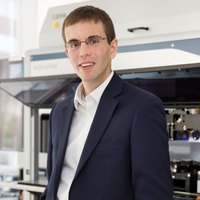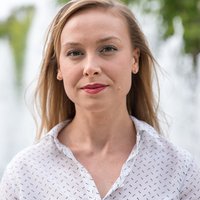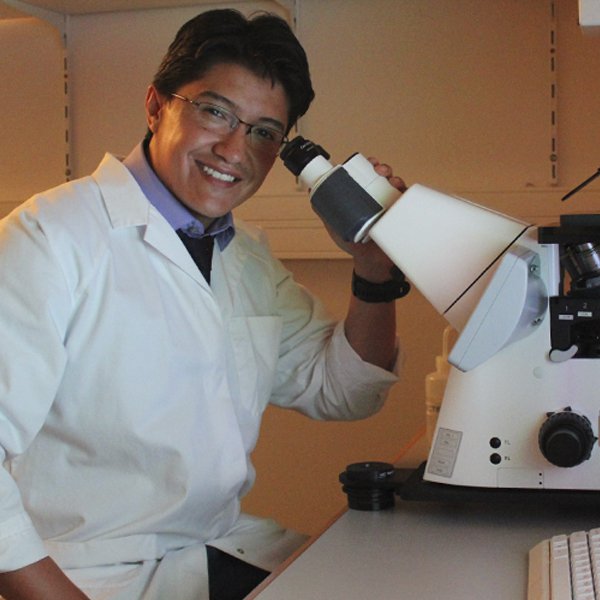Stem cells have huge potential for
curing diseases, but they are also a thorny and controversial subject. Research
has been limited by the ethical issues associated with the need to destroy an
embryo to obtain its embryonic stem cells, so in response scientists have
focused on other types of stem cells, those of adults. Mesenchymal stem cells
(MSCs), which are an interesting subject of study due to their ability to
regenerate damaged tissues and organs, are included in this spectrum. To
achieve this regeneration, MSCs transfer their mitochondria to damaged cells
through natural connections (the cell's own system for energy generation and
rejuvenation).
The defining issue is the need to learn how to replicate this transfer process,
and that is exactly what the researcher Andrés Caicedo has achieved. Caicedo
has been chosen as one of the Innovators Under 35 Latin America 2017 winners by
the MIT Technology Review, Spanish edition in recognition for the mitochondrial
transfer technique he has worked on.
MitoCeption, as Caicedo has christened his technology, "avoids the costs
and certain ethical problems associated with obtaining stem cells," he
says. The accepted procedure in cell therapy is to extract the stem cells,
multiply them in the laboratory and then transfuse them. Caicedo’s protocol,
published in Scientific Reports in 2015, successfully transplants isolated
mitochondria from mesenchymal stem cells. Additionally, in his later work, he
discovered that the technique was also able to transplant mitochondria obtained
from and for other types of cells. This would make it unnecessary to isolate
stem cells, which would avoid technical and ethical complications.
According to his results, a cell that receives the mitochondria "is
reprogrammed, activates its metabolism, undergoes less oxidative stress [and]
stimulates its own proliferation and migration", explains Caicedo. All the
new capabilities acquired by the recipient cell through the transfusion of mitochondria
are actually characteristic features of younger cells. "The goal is to
find the best source of mitochondria," continues the innovator. Thus,
other cell types could rejuvenate and have a better regenerative capacity. The
result, therefore, is to replicate the effects of a transplant based on
mesenchymal stem cells but without the need to use them.
Caicedo, who currently heads the Faculty of Medicine research laboratory at the
Universidad San Francisco de Quito (Ecuador), wants to develop a therapy that
can alleviate degenerative diseases, halt pancreatic damage associated with
type 2 diabetes, and regulate the immune system to alleviate lupus and
rheumatoid arthritis. The researcher estimates that the first in vivo trials
could start in 2019.
For the founder and president of The Core Model Corporation, Ibis Sanchez, this
is "excellent technology that paves the way for important applications
related to cell damage and aging." The Innovators under 35 Latin America
2017 jury member highlights "the fact that it has advantages over existing
methods" and also that "the experiments are reproducible."




